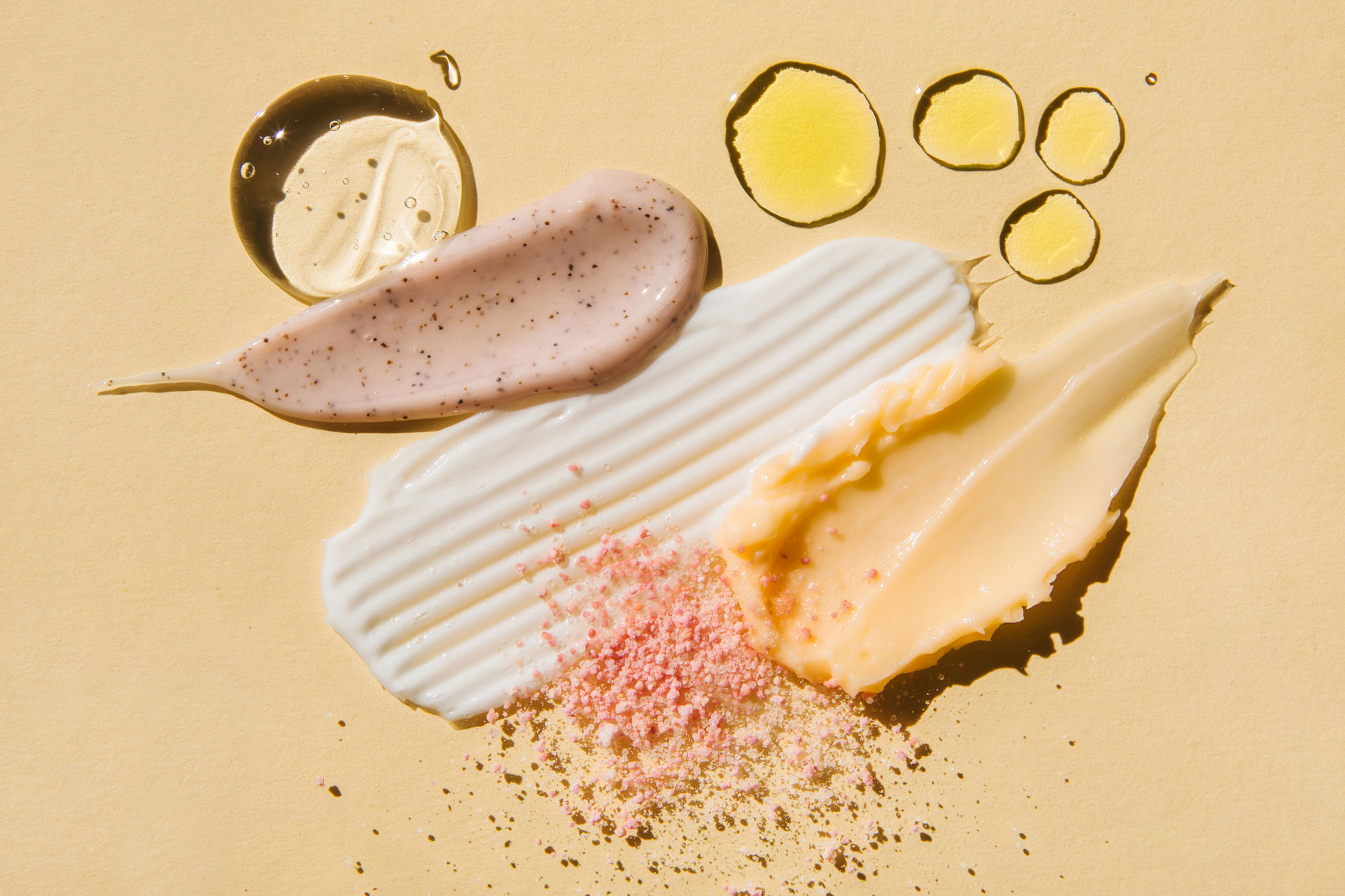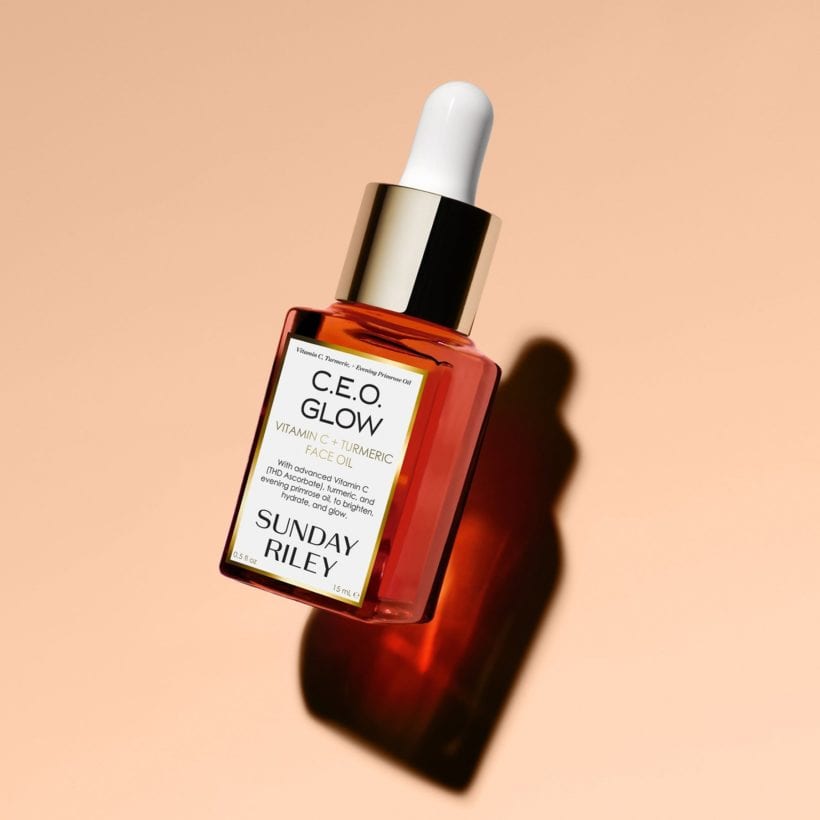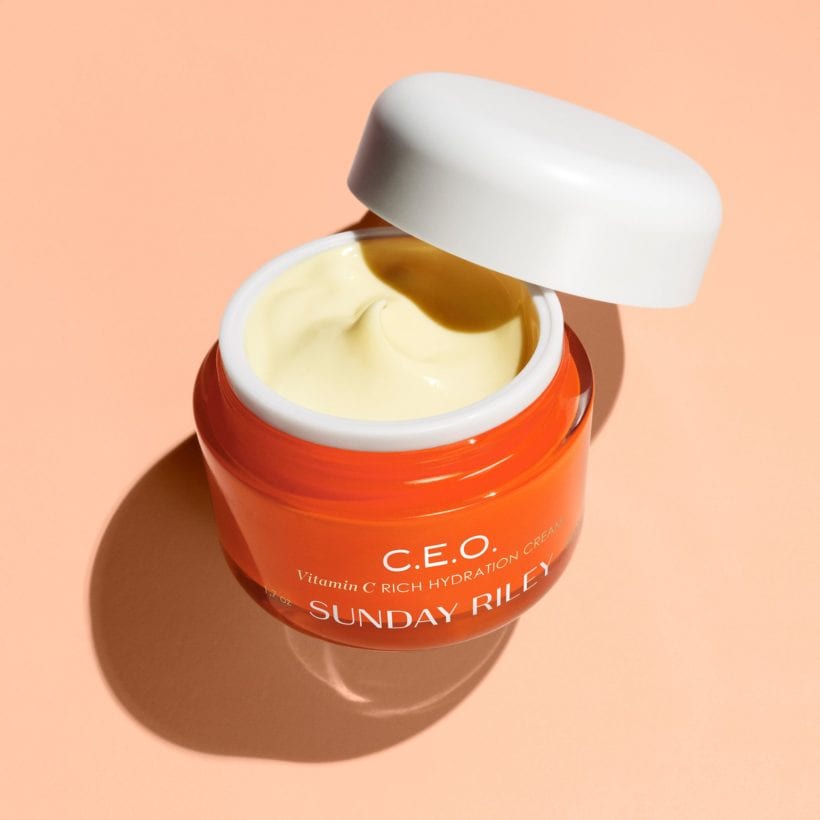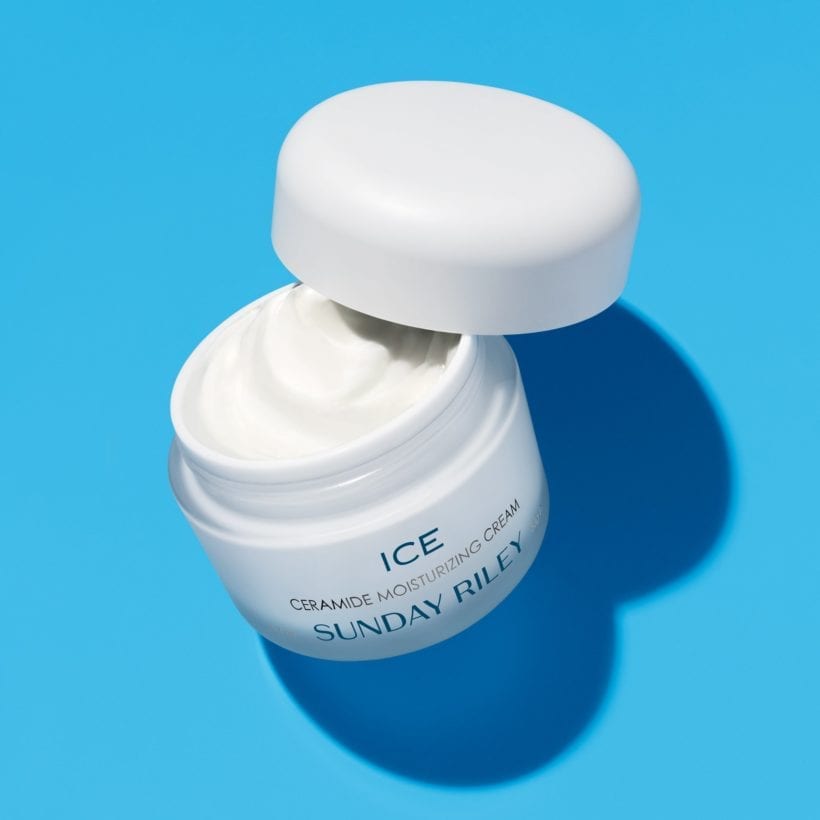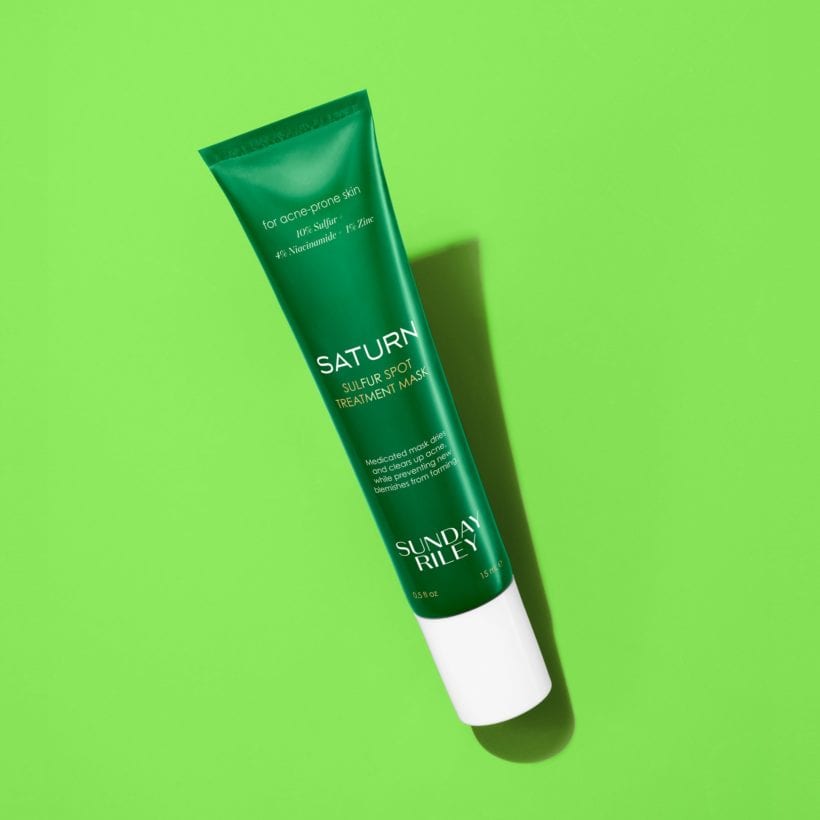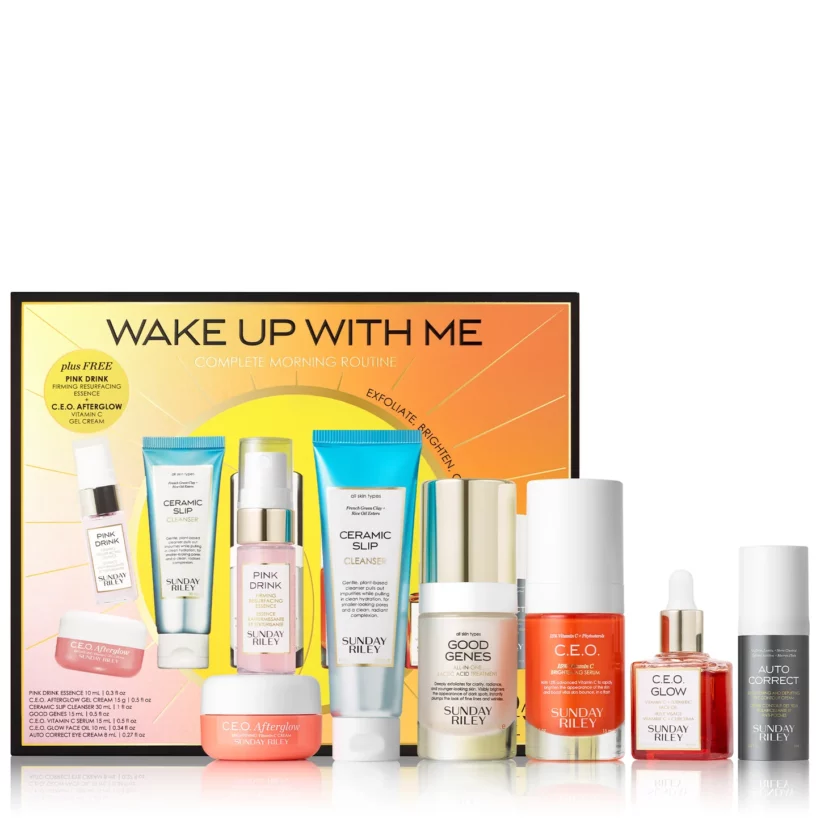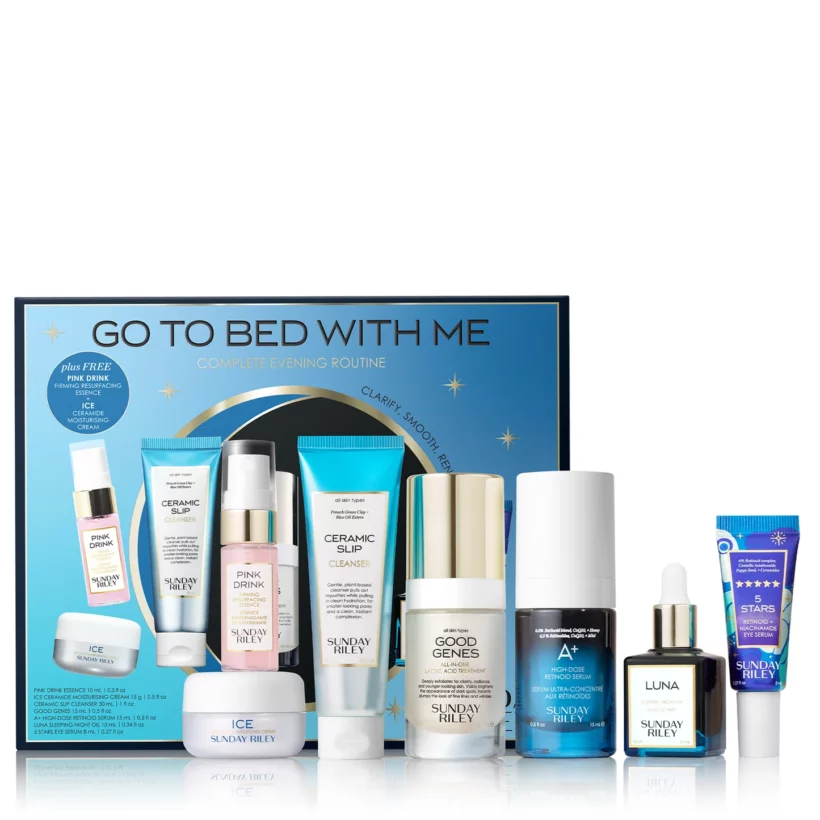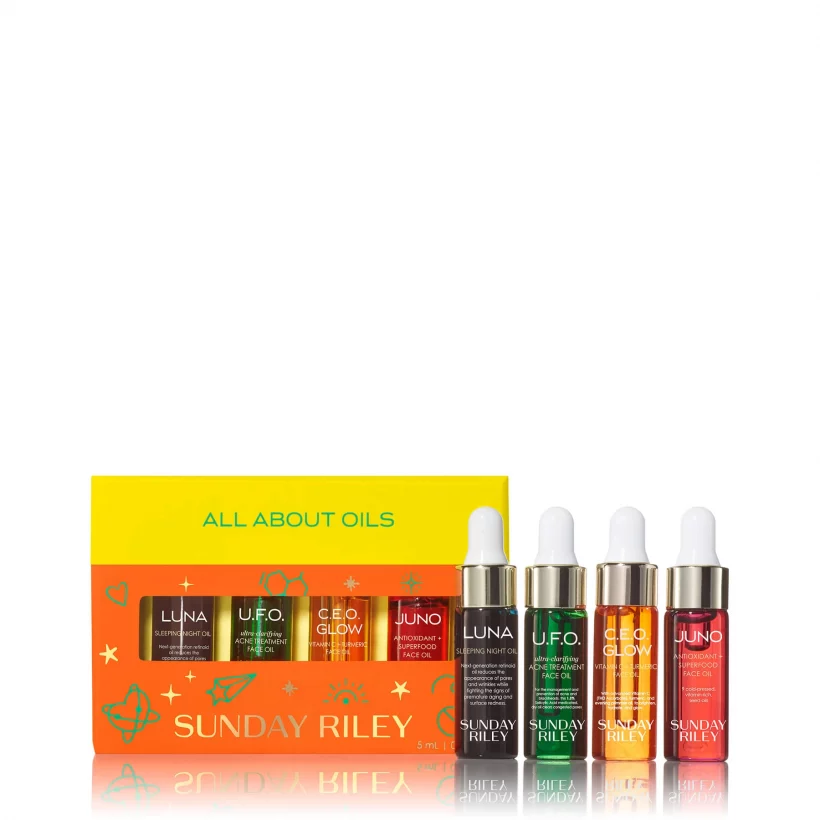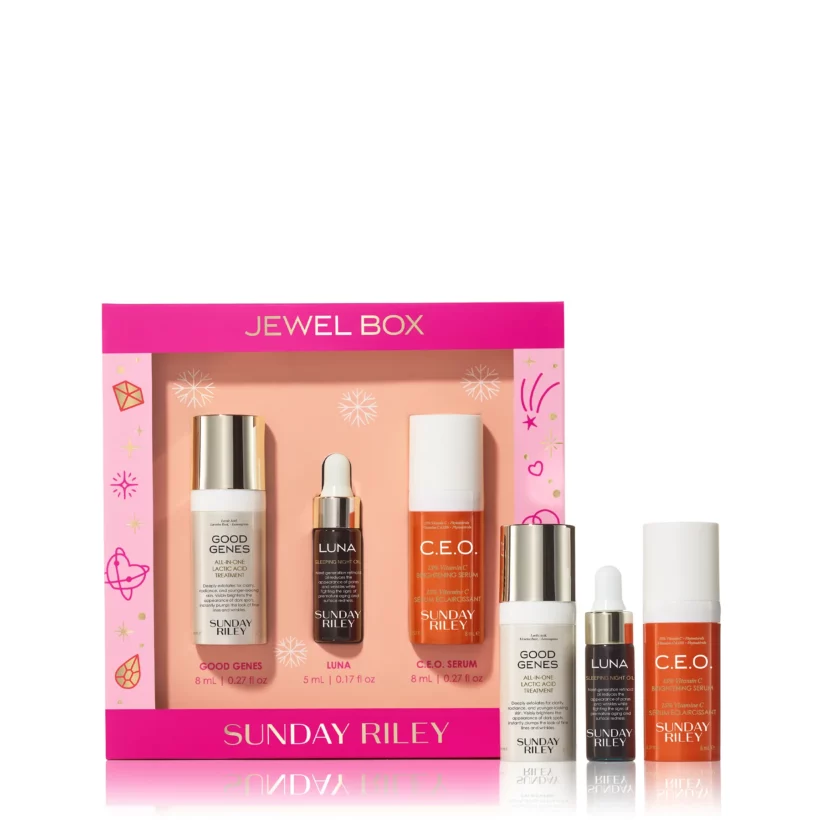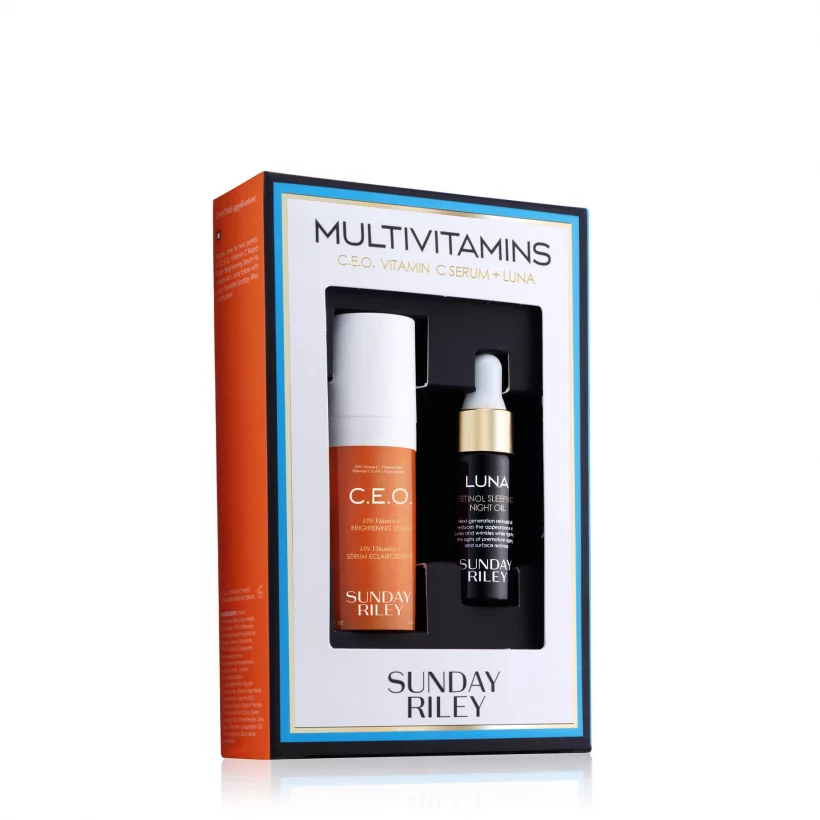Despite what your weather app might say, as soon as we hit September, many of us enter a fall state of mind. It’s a great time to consider how we will care for our skin during this transitional season. And, it’s an even better time to think about what skincare ingredients might help reverse some of the repercussions of all that summer fun.
Meet the Experts
Cheryl Woodman is a scientist, skin health expert, and award-winning skincare formulator.
Marisa Garshick, M.D. is a dermatologist at Medical Dermatology & Cosmetic Surgery (MDCS) in New York.
Brendan Camp, M.D. is a dermatologist at Medical Dermatology & Cosmetic Surgery (MDCS) in New York.
Shelley Fox, D.N.P. is a nurse practitioner with Derrow Dermatology in Central Florida.
Why Update Your Fall Skin Routine
Though the summer sun relaxed and soothed our souls, the opposite is true for its effect on our skin. “Sunny summer climate is the most stressful time of year for our skin,” says Cheryl Woodman, a skin health expert.
“As UV light hits our skin, it releases shock waves of energy, which are destructive to our skin’s collagen, elastin, pigment-making cells, and overall balance,” she adds, noting that collagen and elastin are vital for keeping skin plump and bouncy. During the summer, skin can also become incredibly depleted of hydration, “which eventually leads to a domino effect inside, causing healthy skin to become dull, uneven, textured, reddened, and aged,” Woodman notes.
“Though the summer sun relaxed and soothed our souls, the opposite is true for its effect on our skin.”
And when the temperatures and humidity levels plummet in the fall and winter, it leaves the skin feeling dry and sensitive, explains Marisa Garshick, M.D., a dermatologist. “This combination can lead to skin dryness, as there is less moisture in the environment, and the cold temperatures can be harsh and irritating on the skin, which can also impact the skin barrier. Disrupting the skin barrier can make the skin more susceptible to moisture loss and sensitivity, which may appear as redness, irritation, dryness, or flaking of the skin.” For this reason, it can be helpful to opt for creamier, thicker, and more hydrating ingredients as opposed to gels and lightweight lotions,” she says.
“Unlike our internal organs, skin responds directly to changes in humidity, temperature, sun exposure, and more,” adds Woodman.
Lifestyle changes also make an impact as the seasons change, notes Brendan Camp, M.D., a dermatologist. “Taking longer, hotter showers and using dry heat in the home also impact skin health, as long hot showers can strip skin of oil and affect its ability to retain moisture and dry heat can leave the skin, not to mention nasal passages, dry and fragile,” he says.
To ensure your skin is in tip-top shape for everything that the fall season is about to bring on, check that your medicine cabinet is filled with these skin-loving ingredients.
Fall Skincare Ingredients
With the right ingredients in your fall routine, you can recover from the summertime damage.
Vitamin C
Most of us load up on this nutrient during the fall and winter months to help our immune systems fight colds and the flu. But it’s also quite impactful as a skincare ingredient this time of year. Shelley Fox, D.N.P., a nurse practitioner with Derrow Dermatology, recommends vitamin C serums for various conditions, including rosacea, melasma, fine lines, and acne. “Vitamin C is a potent antioxidant that works hard to fight free radicals that can significantly damage our skin,” she says. “It’s great for those interested in correcting dark spots and having a more even skin tone.”
Another added benefit of vitamin C is sun protection, which can come in handy during the fall months even though the temperatures are cooler and the daylight hours are shorter. “Sun exposure can still cause significant damage to the skin, so adding a vitamin C serum to the regimen is a great addition and even something they can continue to use all year long,” says Fox.
Hyaluronic acid
Well-known for its humectant properties, this key skincare ingredient not only helps retain moisture, but it also helps plump the skin and reduce the appearance of fine lines and wrinkles, explains Dr. Garschick. “Because hyaluronic acid helps to draw in moisture, it can be helpful to apply to damp skin and to apply in combination with other ingredients that help to support the skin barrier to prevent moisture or water loss,” she says.
You can find hyaluronic in just about everything these days, from cleansers and serums to toners and moisturizers. People of all ages can use it to create a more hydrated and youthful appearance.

Glycerin
Here’s another humectant with impressive skincare benefits for the fall season. “Glycerin helps to draw moisture into the skin and can smooth the skin, which is especially important during the fall and winter months,” explains Dr. Garshick. “It is often found in moisturizers, cleansers, and serums, and will often be used in combination with other moisturizing ingredients to achieve the greatest benefit.” Glycerin is safe for all skin types and can be combined with other humectants and moisturizing ingredients.
Ceramides
Ceramides are key when it comes to protecting the natural skin barrier and retaining moisture to ward off the harsh elements of fall and winter weather. “Ceramides help keep the skin cells together, which helps to prevent water loss and protect the skin from outside stressors,” explains Dr. Garschick. “Supporting and strengthening the skin barrier is important all year round, but especially in the winter when there are many stressors on the skin barrier, it is especially important to keep the skin barrier strong to reduce further moisture loss and prevent external irritants.”
Niacinamide
From acne and eczema prevention to the treatment of hyperpigmentation, niacinamide, also known as vitamin B3, is a skincare ingredient with many benefits. It is especially useful for helping to calm and soothe the skin and aiding in the protection of the skin barrier, which can be ideal for harsh fall or winter weather, notes Garshick. “The vitamin B3 helps with moisturizing and strengthening the skin barrier but also helps with brightening and discoloration, making it a great option for those with dark circles,” she adds.
Do I Still Need to Wear SPF in the Fall?
As the weather changes and you spend less time outdoors, you might not feel as inclined to reach for your SPF. But, Woodman says you still need to wear sunscreen in the fall — especially if you find yourself outside during the peak hours of 11 a.m. to 3 p.m. “UV light is extremely stressful to the skin, and studies show when sunscreen is used 365 days a year, skin age reduces under a microscope, showing that skin stress reduces,” she explains. A big reason for this is because broad-spectrum sunscreen also protects against UVA light, “which is a light that doesn’t cause burning but is responsible for skin aging and is often a similar intensity in fall, especially if you live close to the equator,” Woodman adds. “It’s important to use a product with SPF 30 or higher and remember to reapply,” adds Dr. Garshick.
Other Routine Changes For Fall
In addition to wearing sunscreen and focusing your attention on boosting the skin’s antioxidant reserves, Woodman recommends investing in a humidifier, especially if your skin needs some deep hydration. “An increase in humidity helps increase skin’s hydration levels, which indirectly reduces skin stress, meaning skin can appear brighter, fresher, and younger,” she explains.
According to Wagner, fall is also the perfect time for peels. “Cooler months are the ideal time to start a course of peels or exfoliating treatments to help address uneven skin tone, enlarged pores, and post-inflammatory pigmentation from summer breakouts or sun spots,” she explains. The reason why it’s best to start such skin care treatments in the fall is because most peels make skin more sensitive to UV exposure and can even worsen uneven pigmentation.
And as tempting as it is to stand under a steamy hot shower to warm up as the temps drop, it’s a surefire way to dry out your skin. So keep ’em short — it’s better for your skin and the environment.
By Jenn Sinrich and Jessie Quinn
We only recommend products we have independently researched, tested, and loved. If you purchase a product found through our links, Sunday Edit may earn an affiliate commission.
